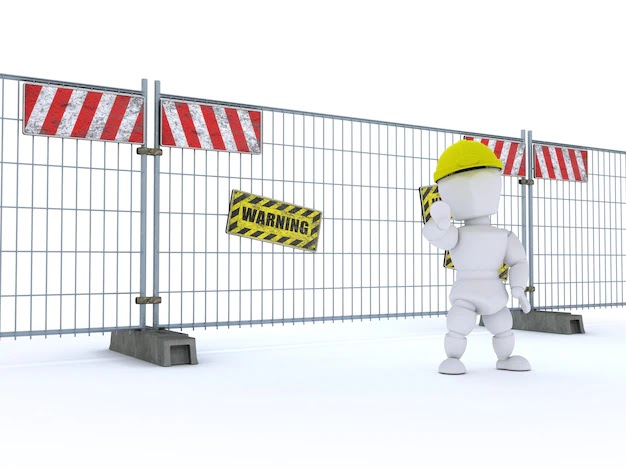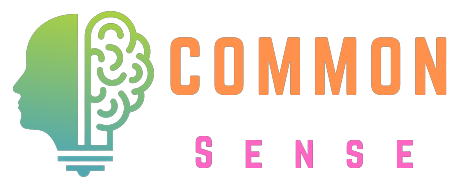
The Impact of Social Media on Real-Life Interactions
I. The Rise of Social Media and Its Effect on Communication
Social media has revolutionized the way we communicate. It provides instant access to friends, family, and communities, no matter where they are in the world. This ease of connection has led to a significant shift in how people interact and share information.
1. Instantaneous Communication: One of the greatest advantages of social media is the speed at which people can communicate. Whether it's a quick message, photo, or video, social media enables real-time interactions. This has made it easier to stay connected with friends and loved ones, even if they are far away. However, the fast-paced nature of online communication also has its drawbacks.
While the ability to communicate quickly is convenient, it can also lead to more superficial interactions. Conversations over social media are often short and lacking in depth compared to in-person discussions. This can create a sense of constant connection without the emotional fulfillment that comes from meaningful conversations in real life.
2. A Global Community: Social media allows people to connect with a global audience. It enables users to join communities based on shared interests, participate in discussions, and even form friendships with people they've never met in person. This sense of global interconnectedness has expanded people’s horizons and made it possible to interact with diverse cultures and perspectives.
However, while virtual communities foster inclusivity, they can also diminish the value of local, in-person relationships. People may become more invested in their online interactions than in cultivating relationships with those physically around them, potentially leading to feelings of isolation.
II. The Positive Impact of Social Media on Real-Life Interactions
Despite some concerns, social media has several positive effects on real-life interactions when used mindfully. It has reshaped communication in a way that enhances certain aspects of our lives, especially when it complements rather than replaces face-to-face interaction.
1. Staying Connected with Distant Loved Ones: One of the most celebrated benefits of social media is its ability to help people stay connected with friends and family who live far away. In the past, long-distance communication was limited to phone calls or letters. Social media has made it easier to share daily life updates, photos, and videos, making long-distance relationships feel more immediate and personal.
For families separated by distance, social media platforms like WhatsApp, Facebook, and Instagram have become vital tools for staying in touch, allowing them to bridge the gap created by physical separation.
2. Building Support Networks: Social media can also serve as a support system. People facing challenges in their personal lives often find solace in online communities where they can share their experiences with others going through similar situations. These virtual support networks offer emotional encouragement, advice, and companionship to people who may not have access to such support in their immediate environment.
Examples include online groups for mental health, parenting, chronic illness, or even hobby-related communities. These platforms provide a safe space for people to express themselves and seek guidance from others who understand their struggles.
3. Opportunities for Social Activism and Awareness: In recent years, social media has played a crucial role in raising awareness about important social issues. Movements like #MeToo, #BlackLivesMatter, and climate change activism have gained momentum thanks to social platforms that amplify voices and promote discussions about injustice and inequality.
Through these movements, individuals feel empowered to engage in meaningful conversations both online and offline. Social media enables people to organize real-life protests, rallies, and events that bring about tangible change in society. In this way, online activism translates into real-life impact, strengthening the connection between the digital and physical worlds.
III. The Negative Impact of Social Media on Real-Life Interactions
While social media can enhance communication, it also has potential downsides that can hinder real-life interactions. Over-reliance on social media and excessive online engagement may lead to a decline in meaningful, face-to-face communication.
1. Superficial Relationships: Social media encourages quick, surface-level communication. While it's easy to send a "like" or a brief comment, these interactions often lack the depth needed to build strong, meaningful relationships. Online friendships can sometimes feel more like acquaintanceships, as people tend to engage in shallow conversations rather than meaningful exchanges.
In real life, relationships require time, emotional investment, and vulnerability. Spending too much time cultivating virtual relationships can lead to a reduction in these deeper, more fulfilling interactions. In turn, this may weaken bonds between close friends and family members who are physically present in one’s life.
2. Reduced Face-to-Face Communication Skills: As people become more accustomed to online communication, they may find it harder to navigate face-to-face interactions. Body language, tone of voice, and emotional cues are integral to in-person communication, and these elements are often lost in online exchanges.
For some, the constant use of social media can lead to social anxiety or discomfort in real-life settings. This is especially concerning among younger generations who are growing up with digital communication as the primary mode of interaction. They may struggle to engage in meaningful conversations, resolve conflicts, or express emotions effectively in person.
3. The "Comparison Trap" and its Impact on Mental Health: One of the most well-documented negative effects of social media is its impact on self-esteem and mental health. Platforms like Instagram and Facebook often present highly curated versions of people’s lives, which can lead to a false sense of reality. This creates a "comparison trap," where users compare their own lives to the seemingly perfect lives of others, leading to feelings of inadequacy, anxiety, or depression.
In real-life interactions, people are more likely to show their true selves. However, the pressure to maintain a certain image online can create stress and tension, affecting a person’s well-being and their ability to engage authentically in real-life relationships.
IV. Finding the Balance: Tips for Harmonizing Online and Offline Communication
To truly enjoy the benefits of social media while maintaining meaningful real-life relationships, it’s important to find a healthy balance between online and offline communication. Here are some practical tips to help manage this balance:
1. Set Time Limits for Social Media Use: One effective way to prevent social media from dominating your life is to set time limits for its use. Apps like Instagram and Facebook allow users to track the amount of time they spend on the platform each day. By setting a daily limit, you can reduce the amount of time spent online and encourage more face-to-face interactions.
Consider allocating specific times during the day for social media, such as during breaks or downtime, and avoid using it during meals, family gatherings, or social events.
2. Prioritize In-Person Interactions: Make a conscious effort to prioritize in-person interactions. Schedule regular meetups with friends and family, and engage in activities that allow for real-life socializing, such as coffee dates, group workouts, or weekend trips.
Incorporate offline communication methods like phone calls or video chats when physical meetups aren't possible. These options provide more depth and emotional connection than text-based conversations on social media.
3. Be Mindful of Social Media Consumption: Rather than mindlessly scrolling through social media, practice mindful consumption. Focus on engaging with content that brings value, such as educational posts, meaningful discussions, or positive connections with friends. Avoid getting caught in the cycle of endless scrolling or comparing yourself to others.
By being selective about the content you engage with, you can create a more positive and enriching online experience that complements your offline life.
4. Digital Detoxes: Every once in a while, consider taking a digital detox. This involves stepping away from social media for a set period, whether it’s a day, a weekend, or even a week. A break from the constant stream of online communication can help you reconnect with your real-life surroundings, focus on personal relationships, and reflect on how you spend your time.
5. Cultivate Meaningful Online Connections: If you engage in social media, focus on building meaningful relationships rather than accumulating followers or likes. Invest time in conversations that matter, share genuine updates, and use your platform to express yourself authentically. This helps ensure that your online interactions mirror the values and connections you prioritize in real life.

Conclusion
By setting boundaries, prioritizing real-life relationships, and using social media mindfully, you can maintain a healthy balance that fosters meaningful interactions both online and offline. Ultimately, the key lies in using social media as a tool for connection, not a substitute for the rich, nuanced communication that real-life interactions provide.
FAQ
Ques 1: How does social media affect real-life communication?
Ans: Social media allows for quick and easy communication, but it can also make interactions more superficial. While it helps people stay connected, over-reliance on social media can reduce the depth of real-life relationships and decrease face-to-face communication skills, such as reading body language and emotional cues.
Ques 2: Can social media improve real-life interactions?
Ans: Yes, social media can enhance real-life relationships by helping people stay connected over long distances and facilitating the organization of in-person meetups or events. It also enables individuals to build supportive communities online, which can translate into meaningful offline relationships.
Ques 3: What are some negative impacts of social media on mental health?
Ans: One of the most significant negative effects is the "comparison trap." Social media often showcases highly curated and idealized versions of people’s lives, leading to feelings of inadequacy, anxiety, or depression. Additionally, excessive online interaction can lead to social isolation and reduced self-esteem.
Ques 4: How can I balance social media use and real-life interactions?
Ans: Set time limits for social media, prioritize in-person communication, and be mindful of how much time you spend online. Consider digital detoxes and make a conscious effort to engage in offline activities that nurture real-life relationships.
Ques 5: Does social media decrease face-to-face communication skills?
Ans: It can, especially if people rely heavily on digital interactions. Over time, this can weaken the ability to read non-verbal cues, navigate complex emotions, and hold deeper conversations in real-life settings. Balancing online and offline communication helps maintain these important interpersonal skills.







Do Leave Your Comment